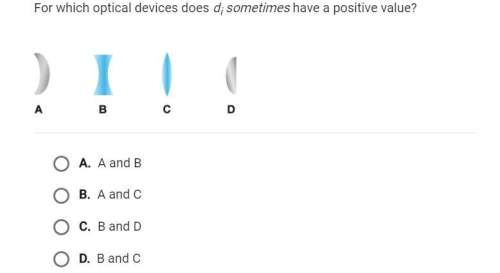
Physics, 29.08.2021 20:10 fnaflover8505
A train is moving parallel and adjacent to a highway with a constant speed of 30 m/s. Initially a car is 50 m behind the train, traveling in the same direction as the train at 44 m/s and accelerating at 2 m/s2. What is the speed of the car just as it passes the train?

Answers: 1


Other questions on the subject: Physics

Physics, 22.06.2019 09:00, edgarsandoval60
Agroup of students is studying convection currents. they fill two identical balloons with the same amount of helium. one balloon is placed in a freezer and the other in an area with warm air. after 10 minutes, the balloons are released from a height of 1 meter. which of the following do the students most likely observe? question 2 options: the balloons rise at the same rate. both balloons are the same size. the ballons both rise. the cold ballon is larger than the warm balloon. the cold balloon expands and rises. the warm balloon shrinks and sinks. the warm balloon expands and rises. the cold balloon shrinks and sinks.
Answers: 3

Physics, 22.06.2019 11:50, kelseybell2707
An electron is traveling with initial kinetic energy k in a uniform electric field. the electron comes to rest momentarily after traveling a distance d. (a) what is the magnitude of the electric field
Answers: 3

Physics, 23.06.2019 03:30, jescanarias22
Which statement is true? a) the work done to lift an object 6 meters is greater than the gravitational potential energy it gains. b) the work required to push an object is less than the work required to pull an object the same distance. c) the work required to raise an object to a height is equal to the gravitational potential energy the object gains. d) the work done against gravity to lift an object straight up is greater than the work required to roll it up a ramp.
Answers: 1

Physics, 23.06.2019 08:30, janeou17xn
Amoving freight car collides with an identical one that is at rest. if momentum is conserved, what happens to the second car after the collision? it attains the same speed as the first car. it moves at half the speed of the first car. it moves at twice the speed of the first car.
Answers: 3
You know the right answer?
A train is moving parallel and adjacent to a highway with a constant speed of 30 m/s. Initially a ca...
Questions in other subjects:






English, 05.03.2020 11:25



Geography, 05.03.2020 11:26




